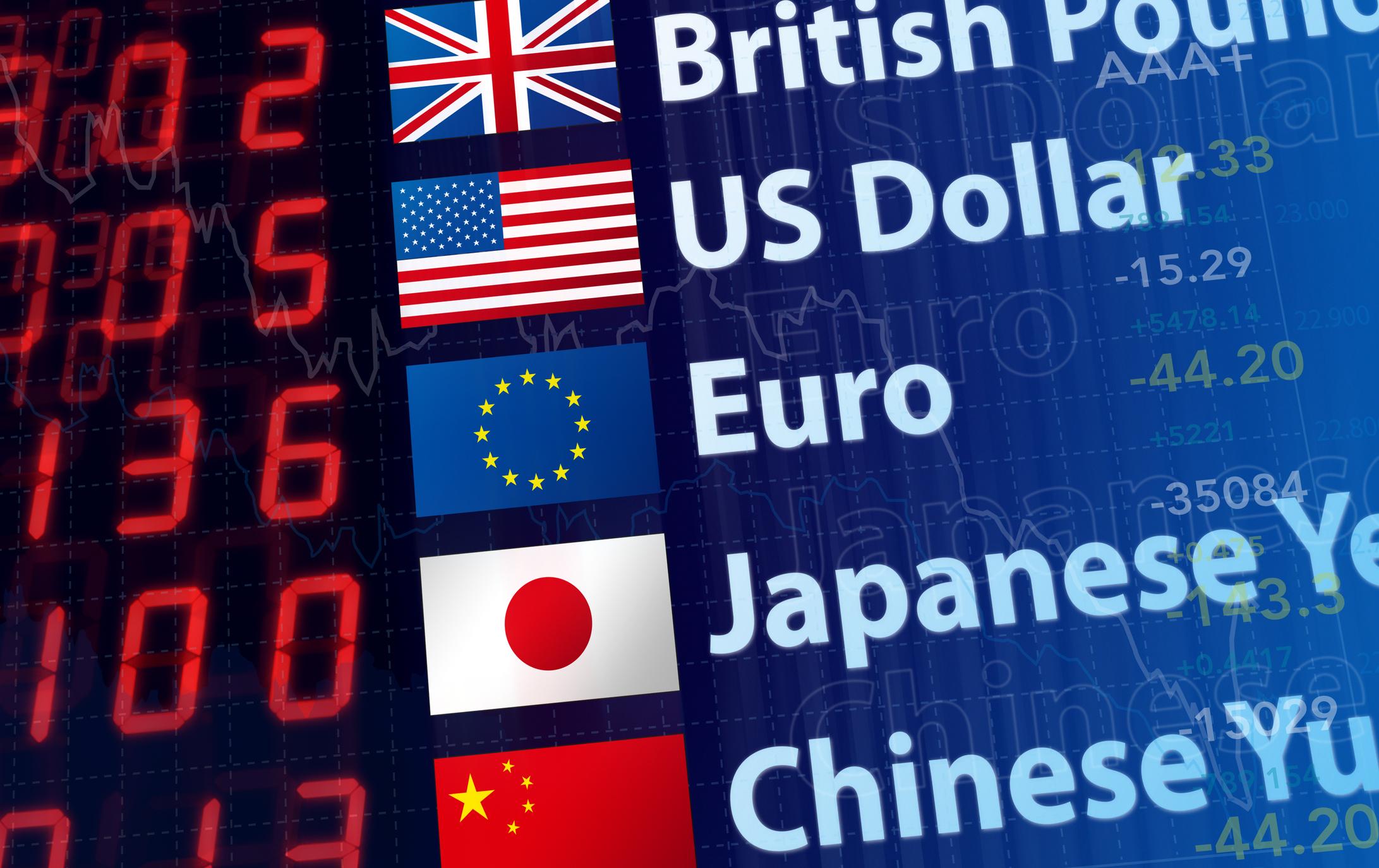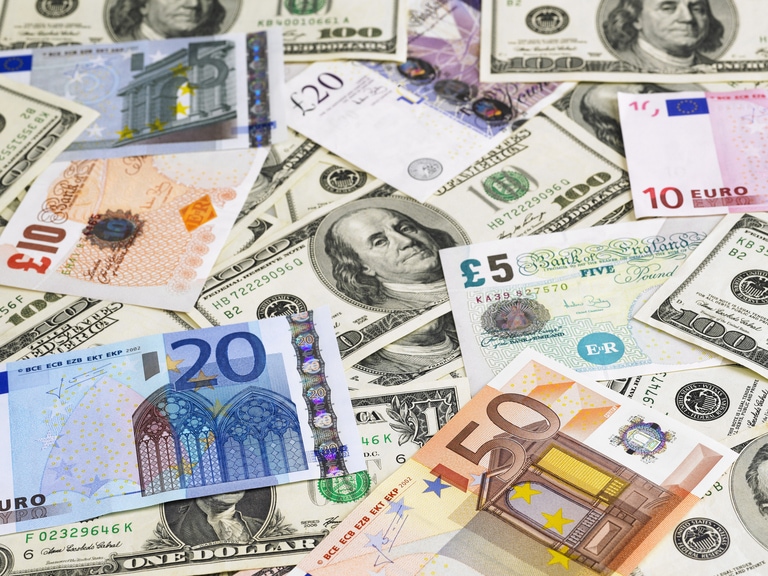We saw a modestly subdued start to the week for markets in Europe yesterday, with a mixed session, despite positive signs that the ongoing US debt ceiling talks were making progress.
US markets also underwent a choppy session, slipping briefly into negative territory after a disappointing Empire manufacturing survey for May, before recovering into the black to close modestly higher on the day.
The past few days have seen stock markets chop in a fairly tight range with little conviction one way or the other.
This looks set to continue over the next few days, even as we digest a host of economic announcements from China, to the UK, as well as the US over the next 12 hours.
When Chinese authorities announced at the end of last year that they were starting the process to relax covid-19 restrictions, there were many who suggested that we would see a sharp V-shaped rebound, which would have the effect of creating a supply shortage in certain commodity markets.
Against most expectations this hasn’t happened in the manner expected with inflationary pressure remaining extremely muted, while the rebound in economic data has been lacklustre.
Today’s retail sales numbers for April speak to this to some extent even as we saw an improvement of 18.4%, which while it was the biggest year on year gain since March 2021, the numbers came in below forecasts, and needs to be set in the context of the Chinese economy being subject to various restrictions this time last year, when retail sales then crashed by -11.1%.
Industrial production also disappointed, rising by 5.6%, against an expectation of a 10.9% increase, underlining how the Chinese economy has continued to struggle with low confidence and weak demand.
As we look ahead to today’s European open the focus returns to the UK in the wake of last week’s Bank of England rate hike and the latest wages and unemployment data for the 3-months to March, both of which have remained robust. In February, wage growth unexpectedly remained steady for the 3 months to February at 6.6%. Bank of England governor Andrew Bailey has said on several occasions that the MPC expects inflation to cool and that the country needs to be careful about a wage-price spiral.
We are currently nowhere near that given that inflation is averaging over 10% a month, and wages have lagged CPI since October 2021. Unemployment did tick higher in February to 3.8%, back to the levels it was in Q2 2022, although a lot of the rise may be down to people returning to the jobs market as the cost-of-living squeezes incomes further.
Average earnings growth has remained resilient and looks set to rise further to 6.8%, with increasing evidence that we could continue to see this measure head higher as more and more people secure wage increases above 10%, further compounding the Bank of England’s difficulties in trying to combat inflation.
Later in the morning we have EU Q1 GDP. The recent Q1 GDP numbers from Spain, Italy, Germany and France showed an EU economy that was slightly more resilient than was expected at the end of last year, largely due to the milder winter which kept energy costs down.
Nonetheless the recent EU flash Q1 GDP numbers were a little surprising as they came in weaker than expected at 0.1%, at the end of last month, while Q4 was revised lower to a -0.1% contraction. This week’s final Q1 numbers aren’t expected to provide any surprises but given the weakness in manufacturing there is a concern that any recovery in Q2 might be snuffed out by the ECB’s continued tightening measures.
With uncertainty growing about how the Federal Reserve’s rate increases are likely to affect the US economy over the next few months, there has been little evidence that the rise in rates has impacted spending patterns in a material way.
US retail sales growth has been reasonably resilient so far year to date, starting strongly in January at 2.4%, before slowing to 0% in February, while March was revised up from -0.8% to -0.4%.
This spending appears to be being driven by increasing credit card balances after last night’s New York Fed report showed that US Household debt rose to a record $17.5trn in Q1. It was also noted that US credit card debt failed to decline in Q1 for the first time in 20 years, at a time when this type of debt tends to fall as consumers pay off pre-Christmas spending.
This high debt level could start to act as a headwind in the coming months even as inflation has continued to fall back against a backdrop of a resilient labour market, and resilient wages.
It will be interesting to see what sort of trends this week’s earnings numbers from Walmart and Target show up when they come to deliver their guidance for the rest of the year.
The recent turmoil in the US banking sector did appear to be giving consumers some pause when it came to their spending patterns with the weakness seen in March. This could potentially spill over into today’s April retail sales numbers, especially given that one year inflation expectations have jumped sharply higher in recent weeks to a 6-month high of 4.6%. Consensus is for anything between a 0.4% and 0.8% gain.
EUR/USD – currently holding above support near the 1.0830 area, with a break below 1.0820 opening up the potential for further losses and support at 1.0770. Rebounds likely to find resistance at the 1.0940 area.
GBP/USD – seen a modest rebound from the 1.2440 area after last week’s sharp losses. A move below 1.2430 could signal further weakness towards the 1.2280 area in the short term, where we also have trend line support from the October lows. Resistance currently at 1.2530.
EUR/GBP – after failing to push back above the 0.8740 area and the 200-day SMA, the euro has slipped back, with last week’s low at 0.8660 key support. A move below 0.8650 could see a move towards 0.8620.
USD/JPY – has continued to build on last week’s rebound off the 50-day SMA, pushing above the 136.00 area with the next resistance at the 200-day SMA at 137.00, with the March and May peaks at 137.80/90 also a key barrier.






